#SEAFOOD
Text
Hi everyone - I am a marine researcher and I'm writing a paper about a fish and it's fishery local to where I live (New York). If you live in the US, and especially if you live in the coastal states between Maine and New Jersey, I would LOVE IT TREMENDOUSLY if you would answer my VERY SHORT survey here:
https://cornell.ca1.qualtrics.com/jfe/form/SV_d9VO97cruosRmjI
It should take *maybe* two minutes for you to do!
Thank you!!!
3K notes
·
View notes
Photo
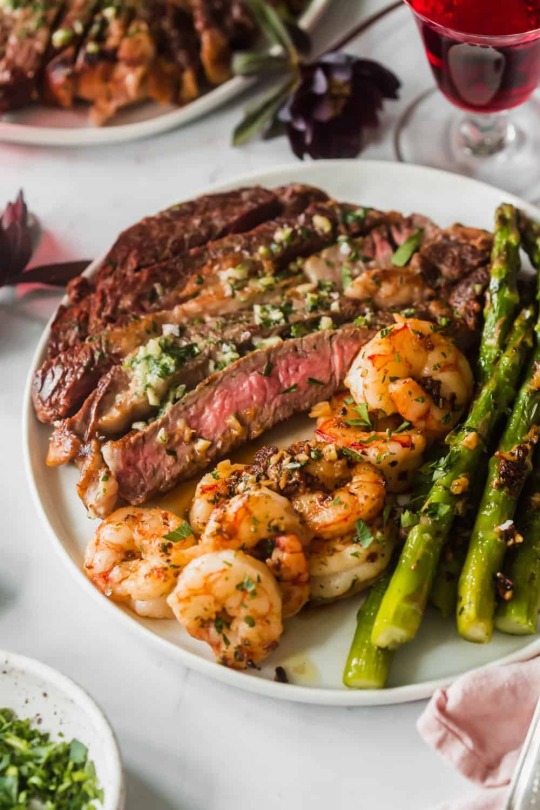
Garlic butter ribeye steak and shrimp
#steak#shrimp#seafood#dinner#food#beef#meat#asparagus#meal#main course#surf and turf#garlic butter#ribeye#ribeye steak#foodporn#delicious#cooking#food photography#foodgasm#recipes#low carb
2K notes
·
View notes
Text
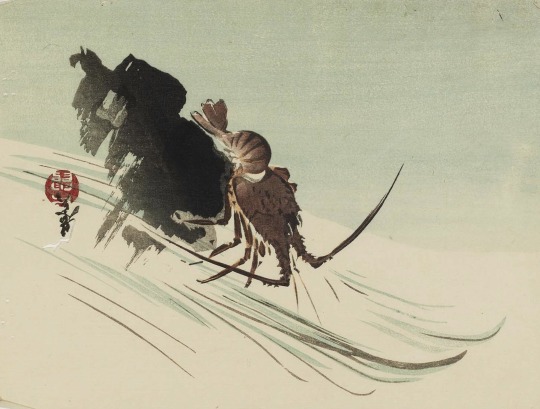

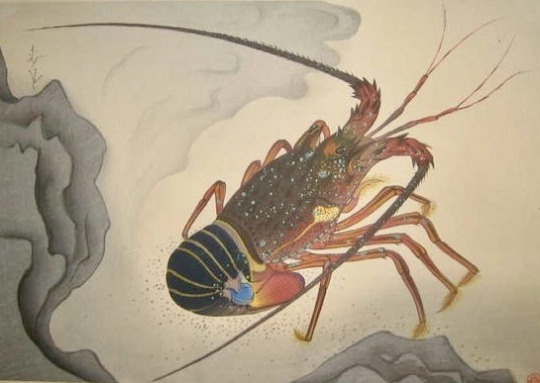
Shibata Zeshin, Lobster, Edo period-Meiji era
Utagawa Hiroshige, Lobster, Prawn and Shrimps, 1830-1844
Bakufu Ohno, Spiny Lobster, 1937
#japanese prints#japanese art#japanese artist#asian art#lobsters#crustacean#sea life#seafood#aesthetic#beauty#animals in art#beautiful animals#woodcut#woodblock print#print making#asian aesthetic#japanese aesthetic#art history#aesthetictumblr#tumblraesthetic#tumblrpic#tumblrpictures#tumblr art#tumblrstyle#artists on tumblr
2K notes
·
View notes
Text

Salmon aspic doesn't appeal to many these days, so maybe liven it up by shaping it in a conical mold?
2K notes
·
View notes
Text


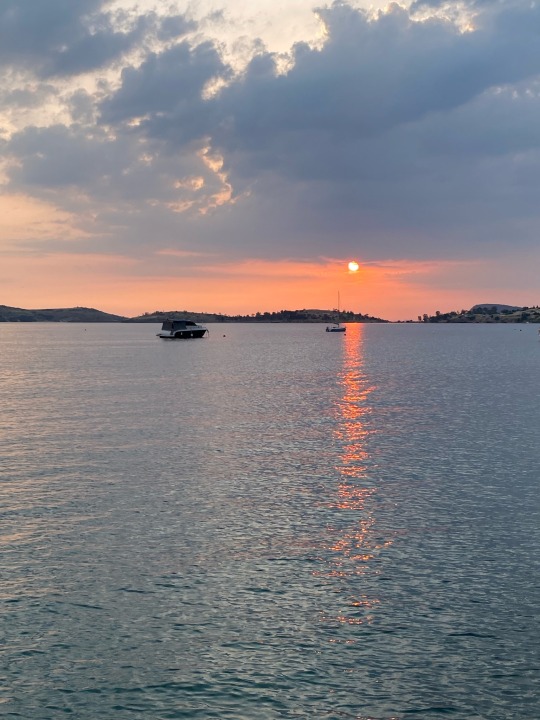
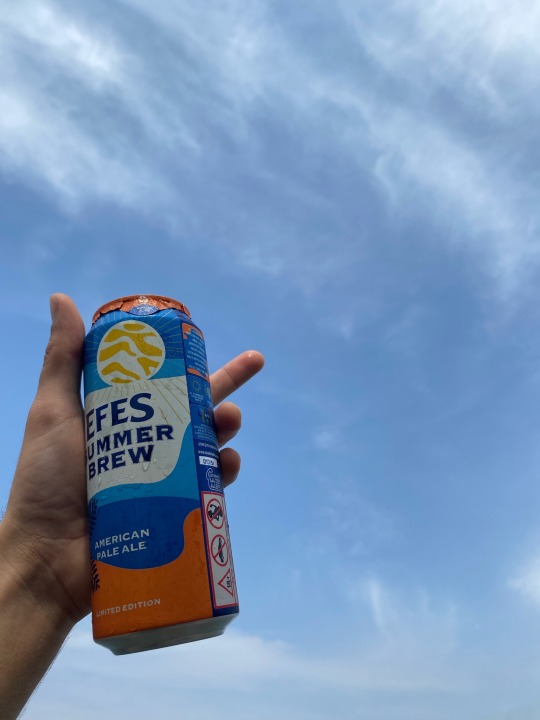
#umutrnblg#postlarım#photography#photographyday#rumll#sarhoskedi#nature#kaanbubelli#i̇zmir#bokmutluyuzaqq#foça#a summer's tale#summer#seafood#sea side#tomarrowski#petricorsworld#landscape#travel#visnelimeybuzz#cottage aesthetic#cottagecore#sunset#camping#vvedalar
4K notes
·
View notes
Text
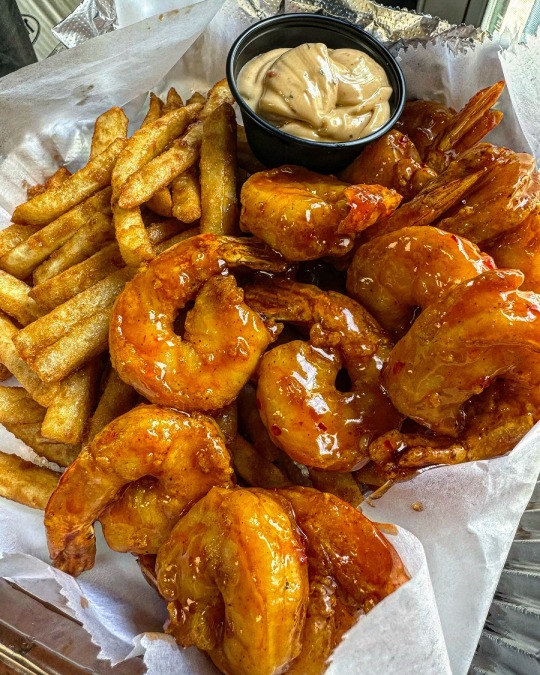
Firecracker shrimp (via Instagram)
556 notes
·
View notes
Text
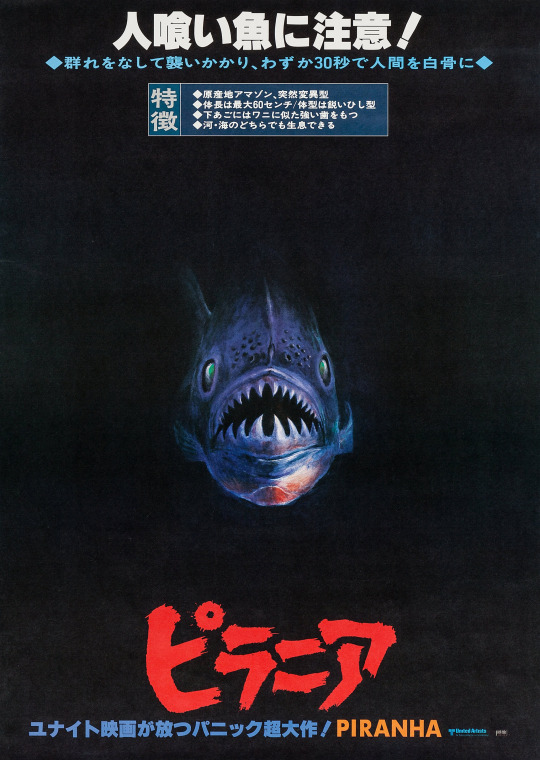
Japanese poster for Piranha (1978)
433 notes
·
View notes
Text
We ask your questions so you don’t have to! Submit your questions to have them posted anonymously as polls.
#polls#incognito polls#anonymous#tumblr polls#tumblr users#questions#polls about food#submitted april 19#food#shrimp#seafood
455 notes
·
View notes
Text
"Discarded shells from restaurants and hotels are being used to restore damaged oyster ecosystems, promote biodiversity and lower pollution in the city’s bays...
Nestled in between the South China Sea and the Pearl River Delta, Hong Kong has been seen historically as an oyster hotspot. “They have been supporting our livelihood since ancient times,” says Anniqa Law Chung-kiu, a project manager at the Nature Conservancy (TNC) in Hong Kong. “Both oysters and their shells are treasures to humans.”
Over the past five decades, however, the city’s sprawling urban development, water pollution, as well as the over-harvesting and frequent seafloor dredging by the lime industry – which uses the crushed shells to make construction material – have destroyed Hong Kong’s oyster habitats and made the waters less hospitable for biodiversity.
The more oyster colonies falter, the worse the problem gets: oysters are filter feeders and purify water by gobbling up impurities. Just one Hong Kong oyster can filter up to 200 litres of water a day, more than any other known oyster species. But decades of rapid industrialisation have largely halted their water-purifying services.
The depletion of Hong Kong’s natural oyster reefs also affects the ability of local farmers to sustainably cultivate their oysters in a healthy environment, denting the reputation of the city’s 700-year oyster farming tradition, designated by Unesco as an “intangible cultural heritage”.
Inhabitants of the coast feel abandoned, says Ken Cheng Wai-kwan, the community leader of Ha Pak Nai on Hong Kong’s Deep Bay, facing the commercial city of Shenzhen in China. “This place is forgotten,” Cheng says. “Oysters have been rooted here for over 400 years. I ask the question: do we want to lose it, or not?”
A group of activists and scientists are taking up the challenge by collecting discarded oyster shells and recycling them to rebuild some of the reefs that have been destroyed and forgotten in the hope the oysters may make a comeback. They’ve selected locations around the island where data they’ve collected suggests ecosystems still have the potential to be rebooted, and there are still enough oyster larvae to recolonise and repopulate reefs. Ideally, this will have a positive effect on local biodiversity as a whole, and farming communities.
Farmers from Ha Pak Nai were among the first to hand over their discarded shells to the TNC team for recycling. Law’s team works with eight oyster farmers from Deep Bay to recycle up to 10 tonnes of shells every year [over 22,000 pounds]. They collect an average of 870kg every week [over 1,900 pounds] from 12 hotels, supermarkets, clubhouses and seafood restaurants in the city, including some of its most fashionable establishments. About 80 tonnes of shells [over 176,000 pounds] have been recycled since the project began in 2020.
Restaurants will soon be further incentivised to recycle the shells when Hong Kong introduces a new fee for waste removal – something that is routine in many countries, but only became law in Hong Kong in July and remains controversial...
Preliminary data shows some of the restored reefs have started to increase the levels of biodiversity, but more research is needed to determine to what extent they are contributing to the filtering of the water, says Law.
Scientists from the City University of Hong Kong are also looking to use oyster shells to increase biodiversity on the city’s concrete seawalls. They hope to provide tiny, wet shelter spots around the seawall in which organisms can find refuge during low tide.
“It’s a form of soft engineering, like a nature-based solution,” says Charlene Lai, a research assistant on the team."
-via The Guardian, December 22, 2023
#oyster#oyster farming#sea shells#seafood#hong kong#ecosystem restoration#biodiversity#ecosystem#water pollution#clean water#cultural heritage#marine life#marine animals#marine science#good news#hope
800 notes
·
View notes
Text
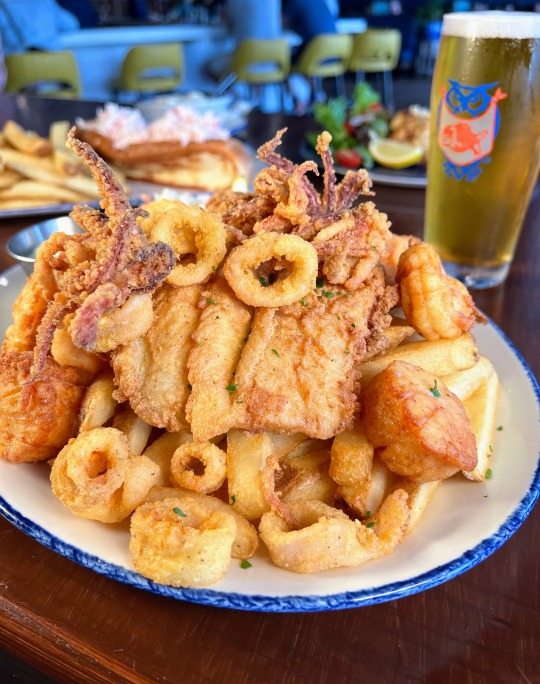
Fisherman's Platter | Legal Sea Foods
996 notes
·
View notes
Photo

Garlic butter shrimp scampi
#shrimp#shrimp scampi#garlic shrimp#seafood#food#dinner#garlic#garlic butter#prawn#main course#appetizer#low carb#meal#tasty#foodporn#delicious#cooking#food photography#foodgasm#recipe
3K notes
·
View notes
Photo
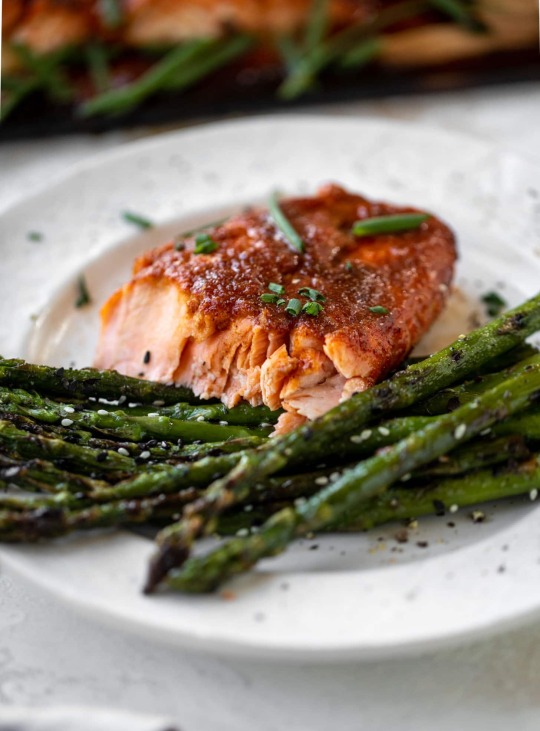
smoky sweet salmon with sesame asparagus · how sweet eats
#smoky sweet salmon with sesame asparagus#smoky sweet salmon#salmon#sesame asparagus#cedar plank salmon#cedar plank#dijon mustard#mustard#brown sugar#smoked paprika#garlic#chives#asparagus#sesame oil#garlic powder#sesame seeds#seafood#fish#food
467 notes
·
View notes
Text

I Nom Pasta 🤤
#maatsaesthetic#aesthetic#foodgasm#foodporn#foodie#foodphotography#foodpics#food#pastalovers#pasta#savorybites#seafood#yummy af#so yummy#delicious#food blog#beautiful#tumblr food#love#hungry#positivity#inspiration#motivation#tumblr positivity#artists on tumblr#lifestyle blog#healthyfood#fitness#health and wellness#lifestyle
455 notes
·
View notes
Text
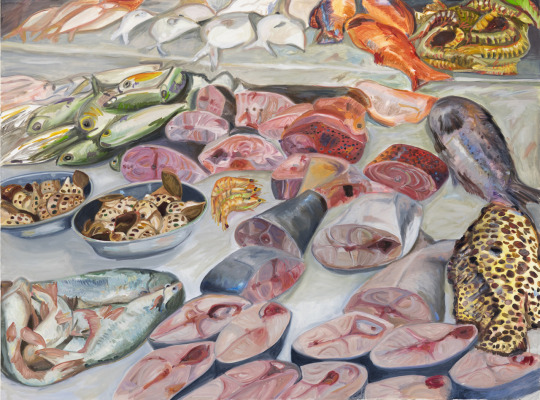
Still life on ice - Jill Mulleady, 2018.
Uruguayan , b. 1980 -
Oil on canvas , 42 x 48 in. 92 x 122 cm
1K notes
·
View notes
